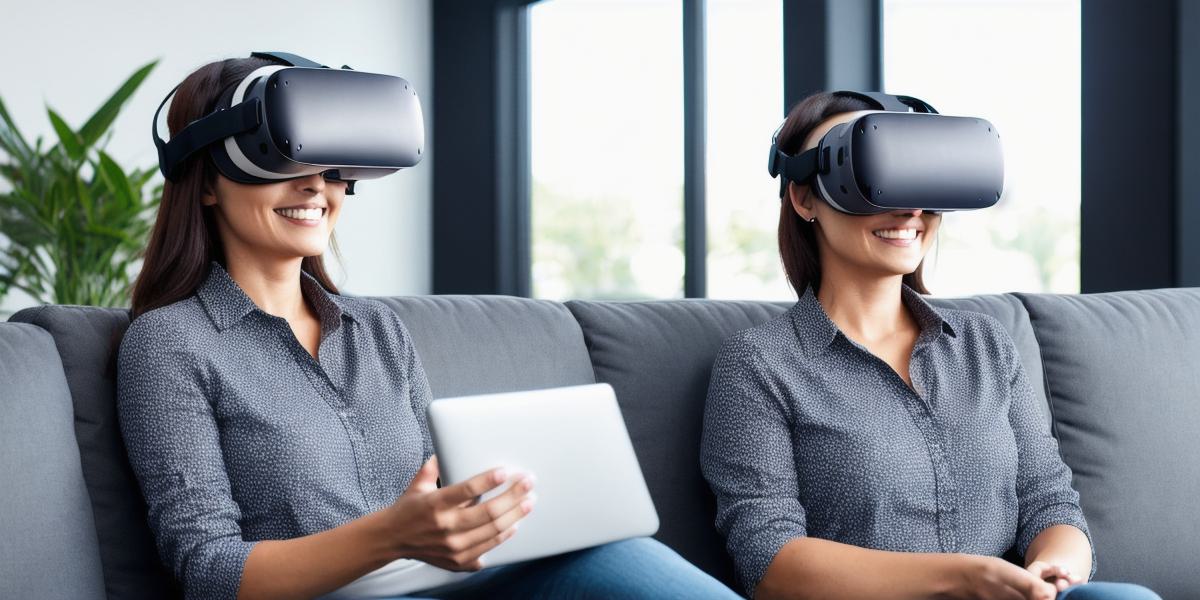Introduction
Virtual reality (VR) is a rapidly growing technology that has captured the imagination of many people, including developers. With VR headsets becoming more affordable and accessible, it’s now possible for people of all ages to experience immersive virtual environments. In this article, we will explore the benefits and limitations of using VR for different age groups and provide some real-life examples to illustrate how VR is being used in various fields.
Benefits of VR for Children
Children are natural explorers, and VR can provide a safe and controlled environment for them to learn and explore new things. VR can also help children with ADHD, anxiety, and other conditions by providing a sense of calm and relaxation in a virtual world. For example, the company TherapyVR has developed virtual reality therapy programs that are specifically designed for children with anxiety disorders.
Benefits of VR for Seniors
Seniors can benefit from VR technology as well. VR can help seniors improve their physical health by providing low-impact exercise programs that are easy on the joints. Additionally, VR can also help seniors cope with loneliness and isolation by providing a sense of social connection through virtual reality experiences.
Benefits of VR for Education
Virtual reality can provide an immersive learning experience that is both engaging and memorable. By using VR technology in the classroom, students can experience historical events or scientific concepts in a whole new way. For example, some schools are using VR to teach biology by allowing students to explore the human body in a virtual environment.
Limitations of VR for Different Age Groups
While VR technology has many benefits, there are also some limitations that need to be considered when using it for different age groups. For example, young children may not have the cognitive skills to fully understand or engage with complex VR experiences. Similarly, seniors may struggle with the physical demands of certain VR activities.
Conclusion
In conclusion, VR technology can provide many benefits for people of all ages. Whether it’s improving physical health, reducing stress and anxiety, or providing an immersive learning experience, VR has the potential to make a real difference in our lives. However, it’s important to consider the limitations of VR technology when using it for different age groups and to ensure that it is used in a responsible and safe manner.
